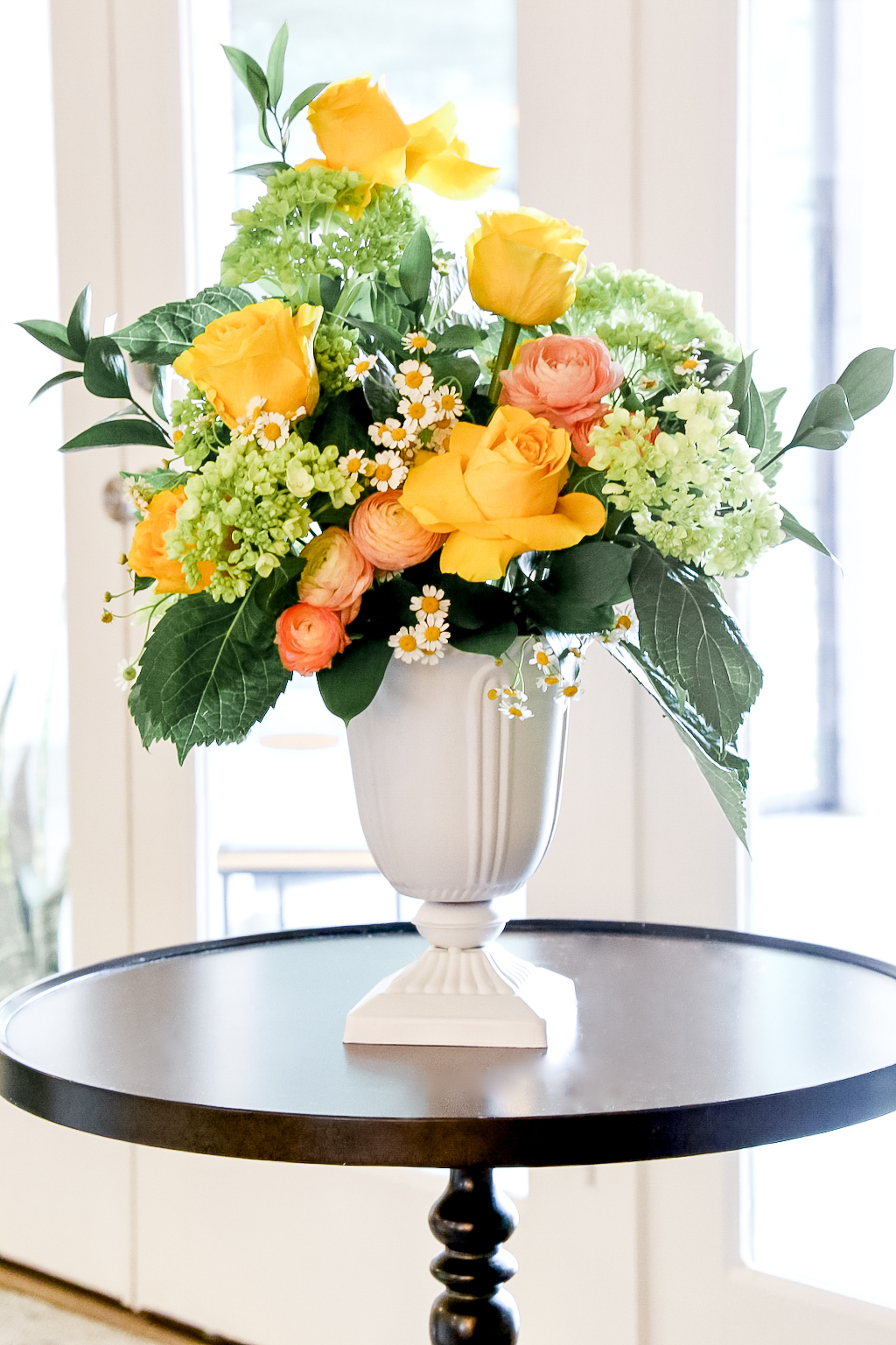There are things in life that are unavoidable, as difficult and hard as they may be, and one of those is attending funerals or memorial services. Etiquette is about being considerate of others, and with funeral etiquette it’s all about the grieving family. Below are six ways to mourn respectfully at funerals.
1. Dress appropriately.
It’s a longstanding tradition to wear black or dark-colored clothing to funerals, dating back to the Roman era. Wearing black shows that you’re in mourning along with the family. Some families will request attendees to wear brighter colors or a favorite color of the deceased, but if not, it’s best to err on the side of demure by wearing understated, dark clothing.
For women, that would be a dress that’s not too short or revealing (i.e. not the little black dress you might wear out on a Friday night). If the dress is sleeveless, think about adding a shawl or jacket. And for men, a dark suit and tie or jacket and tie are traditional.
Below are a few examples of appropriate dresses for women that might be a helpful reference. A classic black dress is something every adult lady should have in her closet as it can be worn for a variety of occasions, including funerals.
2. Arrive early.
Not only out of courtesy, but to be able to offer your condolences to the grieving before the service begins. However if you do find that you’re running late, hold back until after processional then quietly find a seat in the back, much like at a wedding.
3. Sign the guest book.
This will help the family know who attended, and send thank you notes if they wish to do so.
4. Turn off your phone.
And not just on vibrate — turn it off entirely. The focus should be on the service, the words spoken, and the memory of the lost. And definitely don’t take photos or videos.
5. Offer condolences in the receiving line.
A funeral receiving line is a way for attendees to greet and offer condolences to the family and close friends, although not every service includes one. When you walk through the receiving line, it’s best to keep your words brief, perhaps sharing a sweet memory. You can always share deeper sentiments later on in a sympathy card.
Avoid saying things like “I can’t imagine what you’re going through” (this can be hurtful when someone is grieving) or “they’re in a better place now” (when someone filled with grief just wants that person to be here with them). Do not “outdo” the family in grief — you should be comforting them, not the other way around — and by no means ask how the person died.
6. Respect the house of worship’s customs and traditions.
For instance, some houses of worship may request that you to cover your shoulders or your head, for the women and men to sit separately, or may frown upon flowers being sent for the service. Research before you go or send anything (many churches and synagogues will have a page on their website dedicated to funeral etiquette). And if you’re looking to send a flower arrangement, be sure to read our post on The Etiquette of Sympathy Flowers.
Flowers: Claire Rathbun Floral Design

 Turn on your JavaScript to view content
Turn on your JavaScript to view content